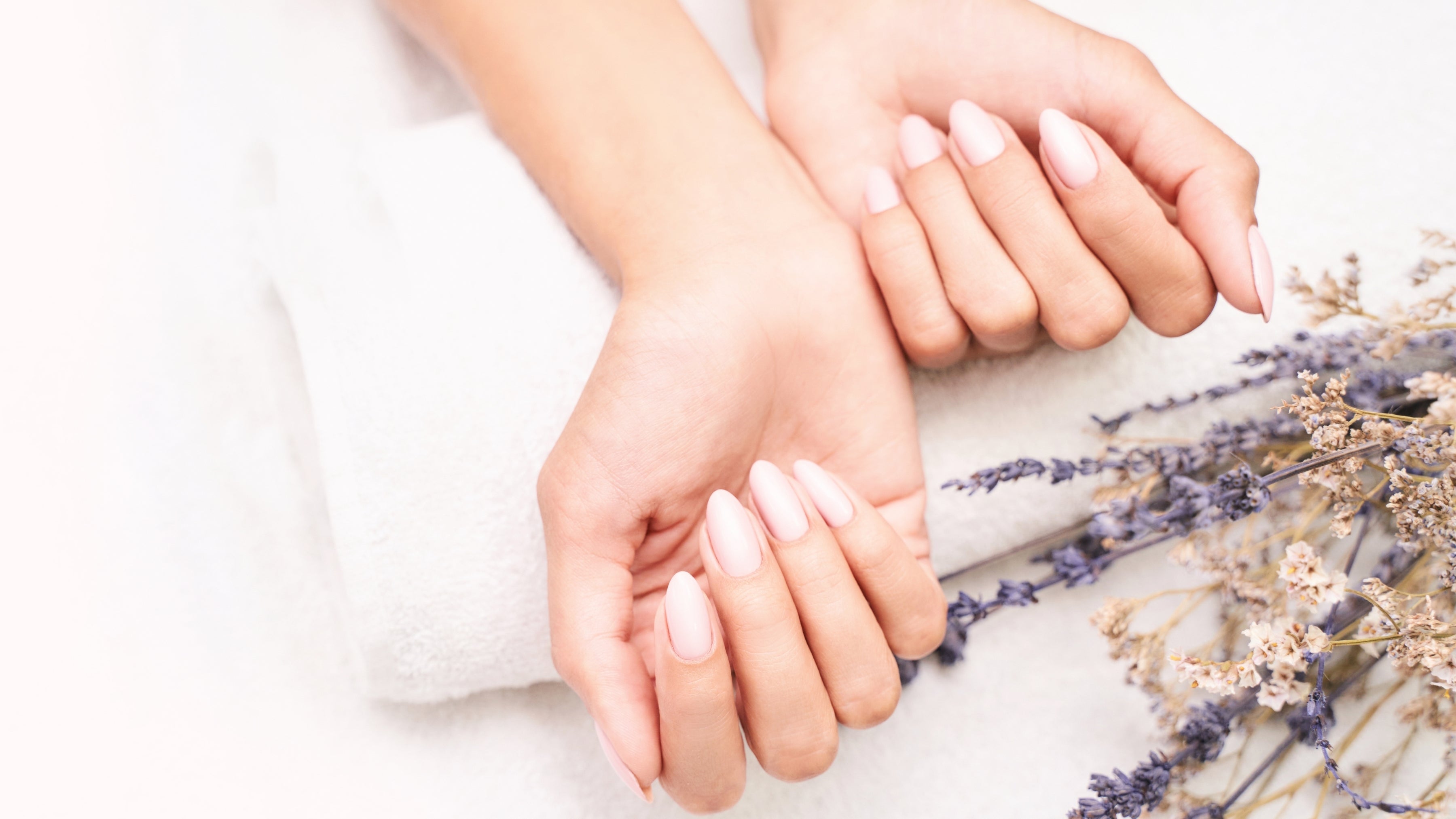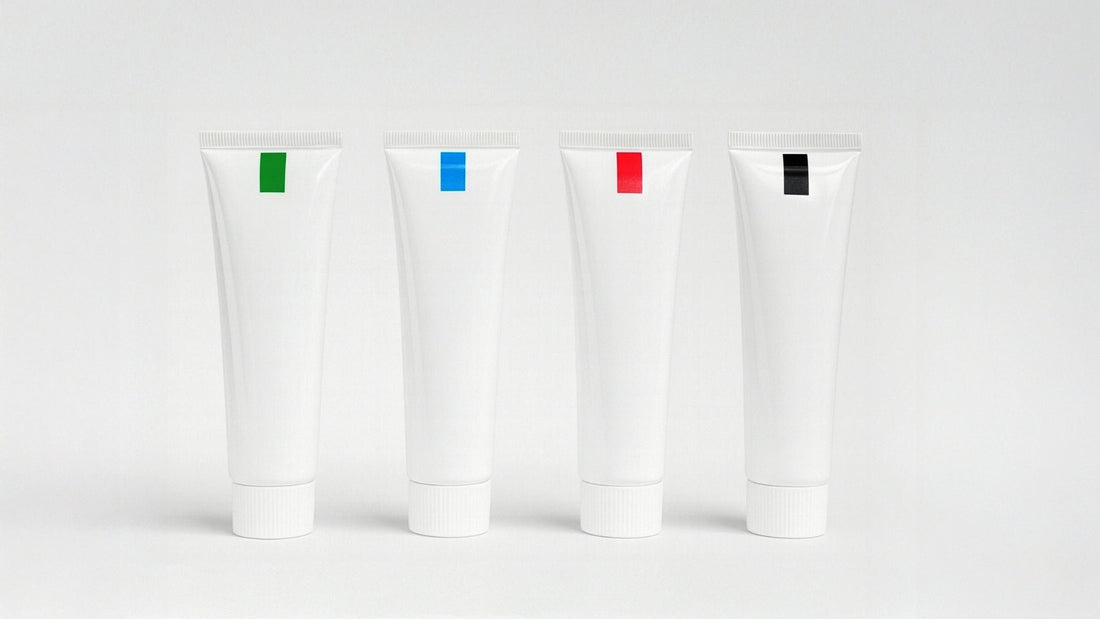What is Nail Fungus?
Nail fungus is an infection that occurs as a result of the proliferation of fungi under the nails. Medically known as onychomycosis, it is a health problem caused by fungi that usually settle in the bed under the nail. This infection manifests itself with various symptoms such as color change, thickening, and breakage in the nails. Nail fungus occurs when fungal infections in the skin spread to the nails, and this can negatively affect the person in terms of both aesthetics and health. It is evaluated differently from foot fungus.
Although nail fungus is usually seen in the nails on the fingertips, it is more commonly observed in the toenails. Fungal infections can develop rapidly in areas of the body where there are moist and warm environments, which puts the toenails at greater risk. Feet are often moist due to sweating and closed shoes, which creates the perfect environment for the fungus to grow. It is very important to pay attention to nail fungus prevention methods and to support the nail fungus solution process with the right care practices.

Nail Fungus Formation Mechanism
The development of nail fungus begins with the proliferation of fungi that settle in the bed under the nail. Fungi multiply rapidly in warm and humid environments. These environments can be provided by factors such as sweaty shoes, damp socks, shared surfaces and closed areas. The surface of the nails and the skin around them provide a suitable ground for the fungus to enter. After entering the nail, the fungus affects the upper layer of the nail, causing it to turn yellow, thicken and break. Over time, the infection progresses, the nail tissue weakens and inflammation occurs.
Nail fungus is most commonly seen in toenails, but it can also be seen in fingernails. Fungus that infects toenails tends to spread in moist areas, such as the heel and between the toes. Fungal infection gradually spreads to larger areas of the nail and can sometimes progress to complete nail loss.
Risk Factors
The risk of getting nail fungus increases with several factors. These factors are closely related to the person's general health, environmental conditions and individual habits. Here are some risk factors that can lead to nail fungus:
- Individuals with a Weak Immune System: Individuals with a weak immune system are more susceptible to fungal infections. Especially the elderly, diabetics, and people undergoing cancer treatment, as well as individuals with suppressed immune systems, can more easily contract nail fungus.
- Closed Shoes and Sweaty Feet: When feet sweat in closed shoes for a long time, it creates a suitable environment for fungi to grow. Sweaty shoes prevent feet from getting air, paving the way for the rapid spread of fungus.
- Walking in Common Areas: Damp areas such as gyms, swimming pools, and communal showers are places where fungi can spread quickly. Walking barefoot in such places increases the risk of infection.
- Nail Injuries: Small wounds, cracks or breaks on the nails provide an opportunity for the fungus to enter the nail. Such physical damage makes the nails more susceptible to fungal infection.
- Poor Hygiene Habits: Poor hygiene habits, such as not washing feet regularly, wearing damp shoes for long periods of time, or not taking care of nails, pave the way for the development of fungal infections.

Nail Fungus Symptoms
The symptoms of nail fungus may vary depending on the stage of the infection. While milder symptoms are seen in the early stages, the severity of the infection may increase in the later stages. Symptoms of nail fungus include:
Early Symptoms
- Yellowing or white spots on the nail color
- Irregularities, small cracks or roughness on the nail surface
- Slight thickening or cracking
Advanced Stage Symptoms
- Intense yellowing and noticeable thickening of the nail
- Deformity, peeling and splitting of the nail
- Inflammation, pain and tenderness around the nail
- Formation of bad odor
- Complete separation or falling of the nail
If nail fungus is left untreated, these symptoms can worsen and make daily life difficult for the person. Early treatment is very important to prevent complications.

Factors That Trigger Nail Fungus
There are a number of factors that play a role in the development of nail fungus. These factors range from personal habits to environmental factors:
Shoe Selection
Closed and moisture-holding shoes cause feet to sweat. This creates a favorable environment for fungi to grow. In addition, shoes in the wrong size can put pressure on nails and increase the risk of infection.
Immune System
In people with a weak immune system, the body becomes less resistant to fungi, which leads to infections spreading more easily.
Injuries and Traumas
Physical trauma to the nails can trigger fungal infections. Small cuts, cracks, or wounds present an opportunity for infection to enter.
Excessive Sweating
Constantly moist feet provide the most suitable environment for the development of fungus. Sweat helps the fungus to reproduce and accelerates the spread of infection.

Nail Fungus Treatment Methods
There are many ways for those looking for a solution to nail fungus. These approaches may vary depending on the severity of the infection and personal preferences. Here are nail fungus remedies:
Topical Treatment Methods
Topical treatments can be effective in the early stages of nail fungus and in milder cases. In these treatments, antifungal medications are applied directly to the infected nail.
Antifungal Creams and Gels: In cases of early stages of fungal infection, doctors usually recommend antifungal creams or gels. These products affect the part of the fungus that is on the surface of the nail. They usually need to be used regularly for 2-3 weeks. The active ingredients of these drugs can be substances such as clotrimazole, terbinafine and miconazole.
Antifungal Sprays: Antifungal medications are also available in spray form against nail fungus. Sprays are especially suitable for use on toenails and can be applied frequently at different times of the day.
Topical Antifungal Varnishes: Special antifungal varnishes can also be used to treat nail fungus. This treatment is less common but can be recommended as an effective option for treating nail fungus. This treatment requires long-term use (up to 6 months) for the varnish to dry on the nail and prevent the fungus from entering the nail.
Advantages:
Local treatment results in fewer side effects.
The treatment process is usually shorter and less invasive.
Disadvantages:
It is only effective in early and limited infections.
It may have limited effectiveness in penetrating deep into the nail.
Oral (Systemic) Antifungal Drugs
Oral antifungal medications are used in more advanced stages of nail fungus or in cases that do not respond to topical treatment. These medications treat the fungus internally in the body and are usually more powerful.
Terbinafine (Lamisil): Terbinafine is one of the most commonly used oral antifungal medications for treating nail fungus. Terbinafine targets the cell membrane of the fungus, preventing the infection from spreading. The duration of treatment usually ranges from 6 to 12 weeks.
Itraconazole (Sporanox): Itraconazole is another effective antifungal medication used for systemic treatment. In most cases, it requires regular use for 3 months. Itraconazole stops the spread of infection by inhibiting the growth of fungus.
Fluconazole (Diflucan): Fluconazole is another oral antifungal medication used to treat nail fungus. This medication is usually taken once a week and may be treated for a shorter period of time (about 6 to 12 weeks).
Advantages:
It gives more effective results in deep infections.
It is effective against more types of fungi thanks to its broad spectrum effects.
Disadvantages:
Potential side effects may occur (such as changes in liver function tests, stomach upset).
It requires long-term use and the treatment process may be longer.
Surgical intervention
In advanced stages of nail fungus and in cases that do not respond to other treatment methods, surgical intervention may be required. In this procedure, the infected nail part is surgically removed or treated and cleaned.
Complete Nail Removal: If the nail is severely damaged, doctors may sometimes recommend removing the nail entirely. This can help clear the infection and provide space for the nail to grow back healthy. However, this procedure is usually a last resort.
Removing Nails with Chemical Treatment: Apart from surgical intervention, the nail can also be removed from the infected area with chemical treatments. Chemical substances can be applied to the nail surface and cause the nail to peel or fall off.
Advantages:
It offers an effective solution for advanced infections.
Quick results can be obtained.
Disadvantages:
It can be a painful procedure.
When the nail regrows, it can be time-consuming and sometimes problematic.
Nail Fungus Natural Treatment
Natural nail fungus treatment is one of the most researched topics lately. Especially herbal nail fungus treatment methods attract the attention of those looking for solutions with natural ingredients.
- Tea Tree Oil: Tea tree oil is known for its antifungal properties and is widely used as a natural fungal treatment.
- Apple Cider Vinegar: Apple cider vinegar has antiseptic properties and can be effective in treating nail fungus. Added to warm water, it makes a foot bath and provides foot care.
- Garlic: Garlic offers a natural treatment option against nail fungus as it has antibacterial and antifungal properties.
For those looking for reliable and multicosmetic products in this regard, the Ya Da brand offers a nail care pen called LU'NAIL, enriched with walnut shell extract, fixed oils and minerals. This product is designed to provide both nail care and protection and has a special brush mechanism for ease of use.
Nail Fungus Preventive Care Strategies
Preventing nail fungus is possible with proper care habits. Here are the recommended strategies to prevent nail fungus:
- Pay Attention to Nail Hygiene: Washing the feet regularly, drying the areas between the toes thoroughly, and using antifungal soaps provide protection against nail fungus.
- Choosing the Right Socks: Choosing cotton socks allows your feet to breathe and helps absorb sweat. Nylon and synthetic socks should be avoided.
- Protection from Moisture: It is important to wear breathable shoes, avoid sweaty shoes, and use antifungal sprays to protect feet from moisture.
- Nail Care: Cutting nails short and neatly, keeping nails clean, and not sharing personal care tools with others reduces the risk of infection.
- Strengthening the Immune System: A healthy diet and regular exercise help strengthen the immune system and protect against fungal infections.
- Be Careful in Common Areas: Wearing slippers or sandals in humid areas such as gyms and pools and not sharing nail care tools with others reduces the risk of fungal infection.
Source
- American Academy of Dermatology – Onychomycosis (Nail Fungus)
- “Onychomycosis: Diagnosis and Management” – Dermatologic Clinics (2018)
- Mayo Clinic – Onychomycosis Treatment
- “Nail Fungus” – Turkish Dermatology Association





